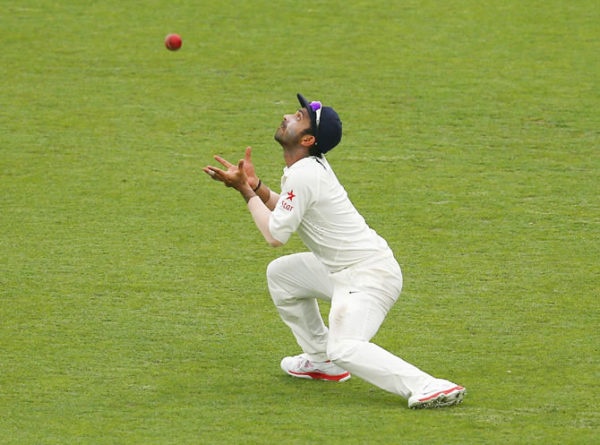High modernism
|
The design of organisations and products
The Jolly Contrarian holds forth™
Resources and Navigation
|
High modernism
haɪ ˈmɒdᵊnɪzᵊm (n.)
A form of modernism, characterised by an utmost faith in the power of science and technology to organise, explain and manage the social and natural worlds.
As James C. Scott articulates it in his magnificent Seeing Like a State: How Certain Schemes to Improve the Human Condition Have Failed, high modernism is a “muscle-bound” self-confidence in the power of enlightenment — with or without a capital E — to satisfy human needs and master nature (including our own) by the central organisation of society according to scientific and logical principles.
This is the rational, ordered and geometric view that the world can be manhandled, literally, to optimise social outcomes through big, centrally-governed infrastructural, agricultural and technological projects.
To be contrasted with “metis”: the local expert applying knowhow, folk knowledge, experience to deal with situations on the ground when you see them. The high-modernists inhabit your management layers and the management consultancy profession. “Metis” is possessed by our old friend, the subject matter expert.
Once you see it you cannot unsee it. High-modernism — “physics envy”, in Paul Ormerod’s words — is rife in financial services, and particularly in reg tech, since the only word a reg tech application can hope to solve is a modernist one populated with rationalists.
The JC’s cricket metaphor
Here’s how the JC sees how the high modernist and the local expert, respectively, would handle the job of catching a cricket ball:
- High modernist: The high modernist would gather all the available data: ball speed, vector etc, run it through the necessary equations[1] to calculate the ball’s trajectory, to determine exactly where and when the ball will land, and will deploy the cheapest possible unit (a contractor supplied by an alternative catching services provider in Bucharest with service level agreement to arrive at those coordinates — within a guaranteed delivery window of an hour — to collect the ball which, unless your SLA specifies must be retrieved on an expedited, “in mid-air”, basis will be retrieved from the ground (there being a premium service available — with an attendant administration fee payable — for “best efforts” mid-air, just in time retrieval). It will turn out that, in fact, there is hearty force majeure clause, wherein wind counts unquestionably as an act of God — well, it is, right? — which, if wind or humidity conditions shift the ball’s trajectory in any direction by a “material” degree the service provider’s liability will be discharged. It turns out the contractor considers “an inch” a material alternation.
- Subject matter expert: The subject matter expert, who has played a lot of cricket, will watch the ball, and run around to catch it. Having played a lot of cricket we can safely assume she quite likes cricket, and will be happy for the opportunity of a game.
See also
- Data modernism and the cult of the average
- System redundancy
- Modernism
- Seeing Like a State: How Certain Schemes to Improve the Human Condition Have Failed
- Legibility
